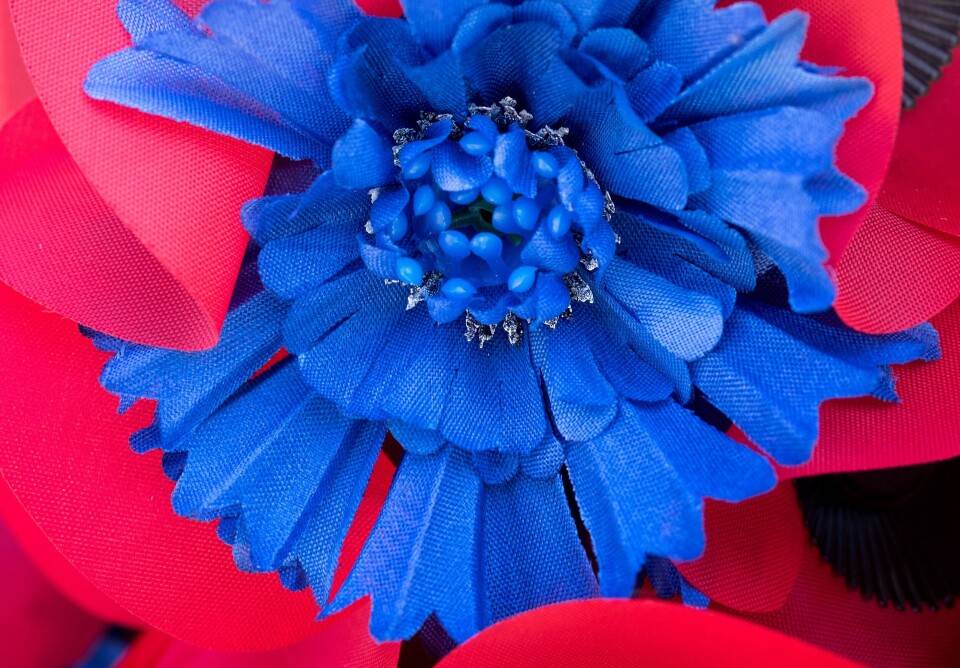-
Farmer protests in France: more blockades as ‘emergency law’ announced
Local union branches are protesting nationwide but unions are divided on next steps
-
Ryanair reopens Tours-London route for summer 2026
All four of the Irish airline’s summer services have returned to the airport
-
Marine Le Pen appeals public office ban: how could this impact France's 2027 presidential election?
Month-long appeal begins today but no result is expected until summer 2026
Why the French wear cornflower pins to commemorate their WW1 soldiers
This Remembrance Day we look at the origins of the bleuet

In France, the symbol of remembrance and solidarity with WW1 veterans is the bleuet – the cornflower – a tradition which became common practice in the 1930s.
For more than 80 years, these flowers have been manufactured and sold every year by the National Office for Veterans and Victims of War, in order to provide financial assistance to war victims, veterans and victims of terrorism.
Although not as widespread as the British tradition of the poppy, you are likely to see cornflower pins on the lapels of government officials and the public on November 11.
So why have the French chosen this little blue flower in particular?
Two women founders
The history dates to the immediate post-war period.
In 1925 Charlotte Malleterre, daughter of the director of the Hôtel National des Invalides (a hospital and retirement home for war veterans), and Suzanne Leenhardt, a nurse major, decided to sell cornflower pins to raise money for wounded veterans.
They set up a workshop at the Institution Nationale des Invalides, where residents made the flowers out of cloth and sold them on the public highway.
This activity became not only an occupation for those injured but also a source of income for them.
Why did they choose the cornflower?
The cornflower is the symbol chosen to illustrate support for veterans for several reasons.
Some believe it could be a legacy of the trenches, where the poilus (the name for the soldiers in World War One) referred to young recruits as bleuets because of their blue uniform.
Others state that the cornflower is recognised as the French flower of remembrance as, like the poppy, this wildflower continued to grow in the mud on the battlefields – the only note of colour in a devastated landscape, symbolising new life and hope.
Finally, blue is also one of the colours of the French nation, the first colour of the tricolore flag.
More than 80 years of tradition
128,000 cornflowers were sold on November 11, 1934, the first time they were sold on the streets of Paris and in 1935, the state made it official to sell the Bleuets de France on every November 11.
After World War Two, in 1957, the state decided to create a second collection day every May 8.
Over time the old tradition fell into disuse, but this was revived in 2012, on the initiative of the then president François Hollande, who wore it from the first commemoration of his five-year term, unlike his predecessor Nicolas Sarkozy.
For the centenary of the armistice on November 11, 2018, the Monnaie de Paris issued a commemorative €2 coin, minted in 15 million copies, representing the Bleuet de France.
This year, for the centenary of the eternal flame at the tomb of the unknown soldier on, there will be a special patriotic vigil held at the Arc de Triomphe.
Read also
Remembrance Day: where to buy your poppy – or ‘bleuet’ – in France
























